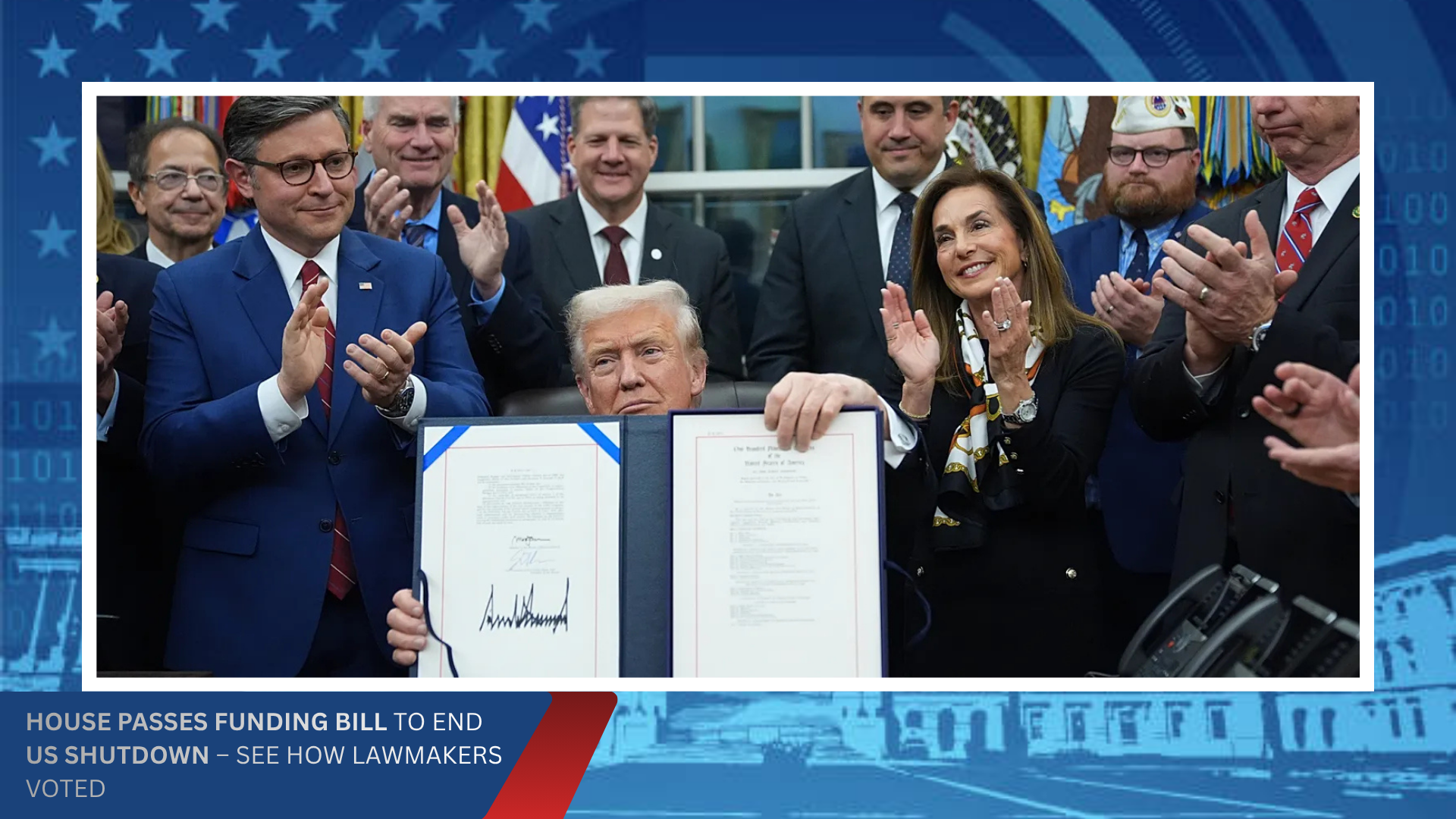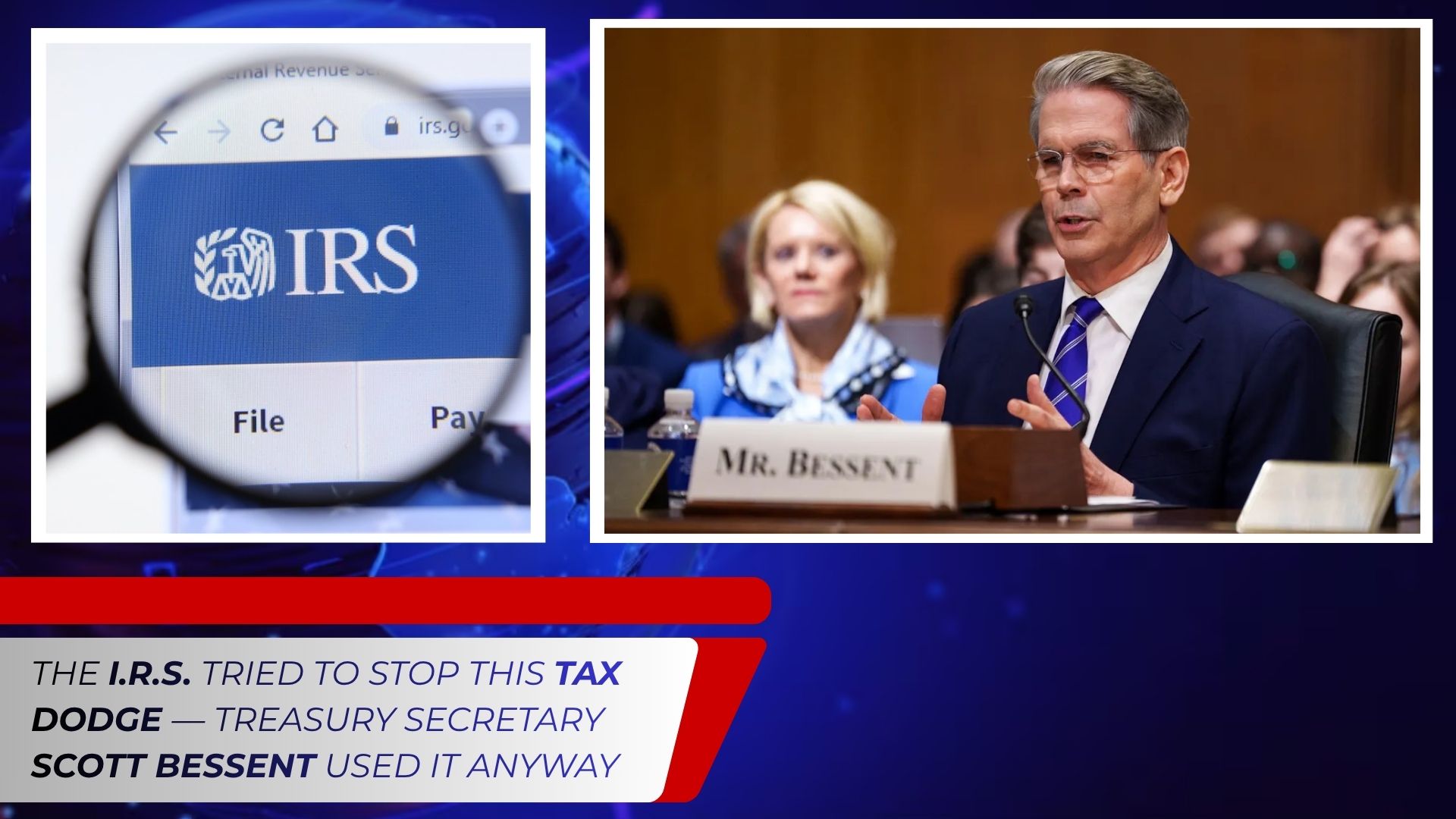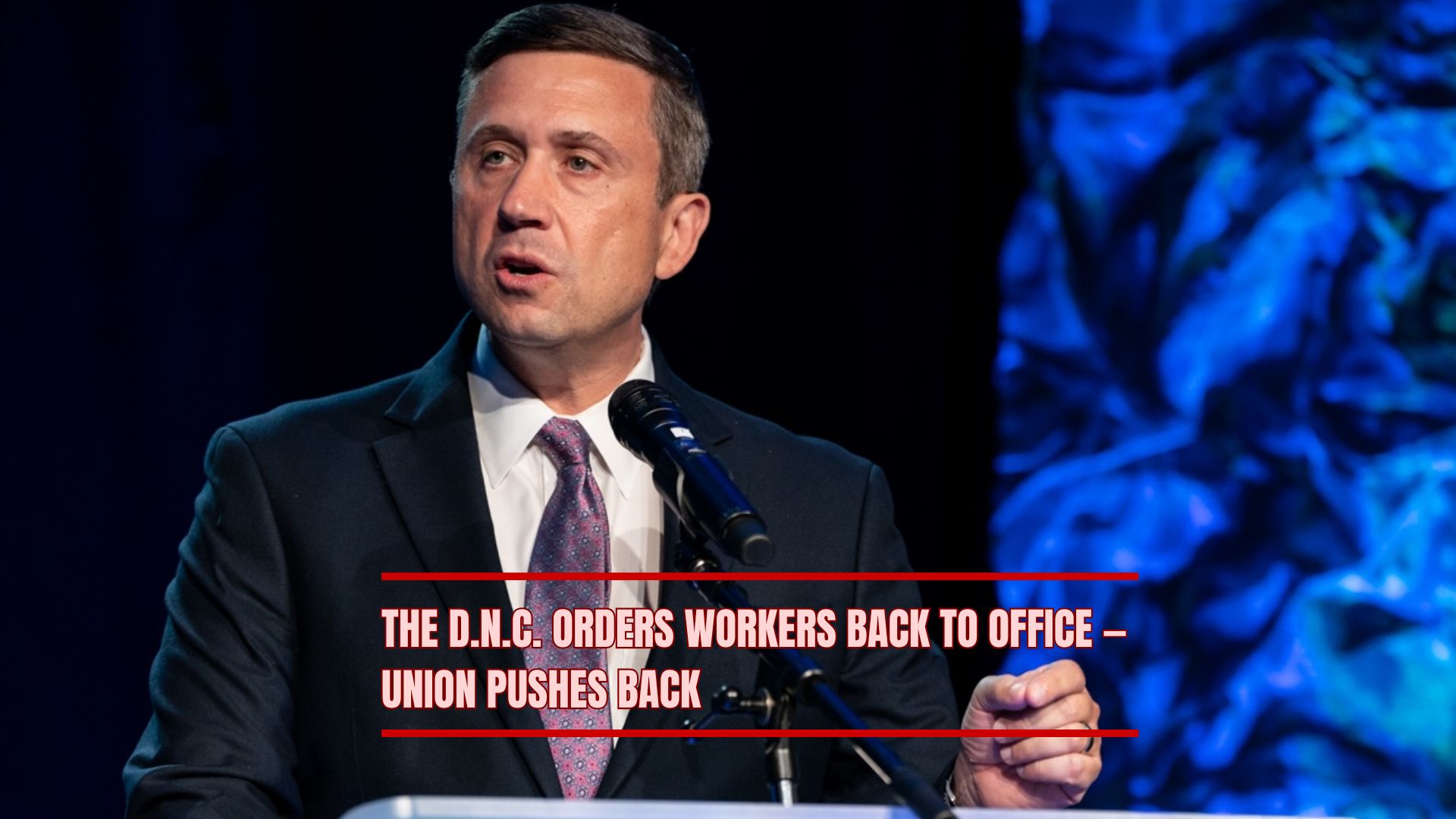As the U.S. government enters its third week of shutdown, President Donald Trump is preparing for a trip to Asia — even as millions of Americans face furloughs, delayed paychecks, and mounting political frustration at home.
While Congressional Democrats and Republicans remain gridlocked over a stopgap funding bill, Trump has continued with plans for his controversial $300 million White House ballroom project, which has already sparked backlash after demolition work expanded to the entire East Wing.
Despite the political turmoil, Trump’s approval rating — according to multiple national polls — has remained surprisingly steady, hovering in the low-to-mid 40s. That resilience, analysts say, reflects the deep partisan divide in American politics and the entrenched loyalty of Trump’s core supporters.
A Shutdown With No End in Sight
The shutdown, now stretching beyond three weeks, began on October 1 after Congress failed to pass a temporary funding bill. It is the second-longest government shutdown in U.S. history.
Federal workers across multiple agencies have been furloughed or are working without pay. Essential services continue at reduced capacity, and public frustration is mounting.
Trump has blamed Democrats for the impasse, claiming they are blocking his administration’s budget priorities and security proposals. Democrats, meanwhile, say the Republican-controlled House bears primary responsibility for failing to compromise.
According to a Reuters/Ipsos poll conducted October 15–20, 50% of Americans believe Republican congressional leadership is to blame for the shutdown, while 43% blame Democrats.
Still, Trump’s approval rating sits at 42%, within the poll’s margin of error — only a slight shift from earlier in the year.
“Trump’s approval has been remarkably stable,” Reuters noted. “Even amid economic uncertainty and political dysfunction, his base remains largely unmoved.”
Polls Paint a Complex Picture
Reuters/Ipsos
- Approval: 42%
- Disapproval: 54%
- Survey dates: October 15–20
- Sample: 4,835 U.S. adults
- Margin of error: ±2%
The poll suggests that while the shutdown has dominated headlines, it has not significantly altered public opinion about the president. Trump’s approval has fluctuated between 40% and 44% since early April, indicating steady but polarized support.
Economist/YouGov
A separate Economist/YouGov poll taken October 17–20 found Trump with 39% approval and 56% disapproval, a slight dip from the previous week. The margin of error was approximately 3.5 percentage points.
That same poll found that 53% of Americans disapproved of Trump’s decision to demolish the East Wing for his ballroom expansion project, compared to only 28% who approved.
The East Wing controversy, which preservationists say threatens historic architectural integrity, has added to the perception that Trump is focused on personal projects rather than resolving the shutdown.
Trump’s Approval Compared to Past Presidents
Historically, Trump’s approval ratings have lagged behind those of most modern presidents, both during his first term (2017–2021) and now in his second.
A Gallup poll conducted October 1–16 placed Trump’s approval at 41%, up slightly from the previous month. But Gallup’s long-term analysis shows that his October ratings in both of his terms remain the lowest of any president at the same point in office since polling began.
Here’s how Trump’s October approval compares to other presidents in their first year, according to Gallup data:
- Joe Biden (October 2021): 42%
- Donald Trump (October 2017): 37%
- Barack Obama (October 2009): 53%
- George W. Bush (October 2001): 88%
- Bill Clinton (October 1993): 48%
- George H.W. Bush (September 1989): 68%
- Ronald Reagan (September 1981): 55%
By comparison, Trump’s 41–42% approval this October underscores both the durability and limitations of his support base.
Political scientist Sarah Binder of George Washington University notes:
“Trump’s approval rarely rises or falls dramatically because the public is so polarized. His floor and ceiling are both unusually stable — and that’s what keeps him viable, even in crises like this.”
Aggregated Averages Show Narrow Margins
According to RealClearPolitics, Trump’s average approval rating as of October 23 stands at 45.3%, while the New York Times aggregator puts it slightly lower at 43%.
Those numbers have barely budged for months, despite the shutdown, multiple legal controversies, and criticism of his foreign policy decisions.
RealClearPolitics data shows Trump’s approval:
- Peaked at 50.5% in January, marking a brief net-positive rating.
- Fell to 47.8% by March 13, slipping into net-negative territory.
- Reached a low of 44.8% on September 30, just before the shutdown began.
The New York Times’ tracker paints a similar picture, showing Trump’s approval dipping from 52% in January to 44% in April, and stabilizing around 43–45% since late summer.
These averages suggest that while Trump’s support has softened since early 2025, he retains enough of his core base to remain politically formidable, especially within the Republican Party.
The Political Optics: Asia Trip Amid Shutdown
Trump’s decision to continue with his scheduled trip to Asia has drawn criticism from Democrats, who argue that he should remain in Washington to help broker a deal.
The president is expected to visit Malaysia, Japan, and South Korea, according to Reuters. The White House insists the trip will focus on trade, security, and regional diplomacy, but critics say the timing is politically tone-deaf.
“He’s leaving the country while hundreds of thousands of federal workers aren’t being paid,” said Rep. Katherine Clark (D-MA). “That sends the wrong message.”
Trump’s defenders argue the trip demonstrates leadership continuity and that the president “can manage multiple priorities at once.”
Still, the optics — a lavish ballroom construction project underway at the White House while the government remains shut down — have fueled perceptions of detachment.
What the Numbers Mean
For political observers, the stability of Trump’s approval rating amid such turbulence is both remarkable and revealing.
While most presidents experience sharp declines during crises, Trump’s numbers remain largely immune to short-term fluctuations, suggesting that Americans’ opinions of him are deeply entrenched.
“The real story here isn’t that Trump is doing well,” says political analyst Jeffrey Engel of Southern Methodist University. “It’s that no amount of chaos seems to move his numbers much — not up, not down.”
That dynamic could define the remainder of his presidency: a base that won’t abandon him, and an opposition that won’t forgive him — even as the government grinds to a halt.
%20(4).png)



.png)




